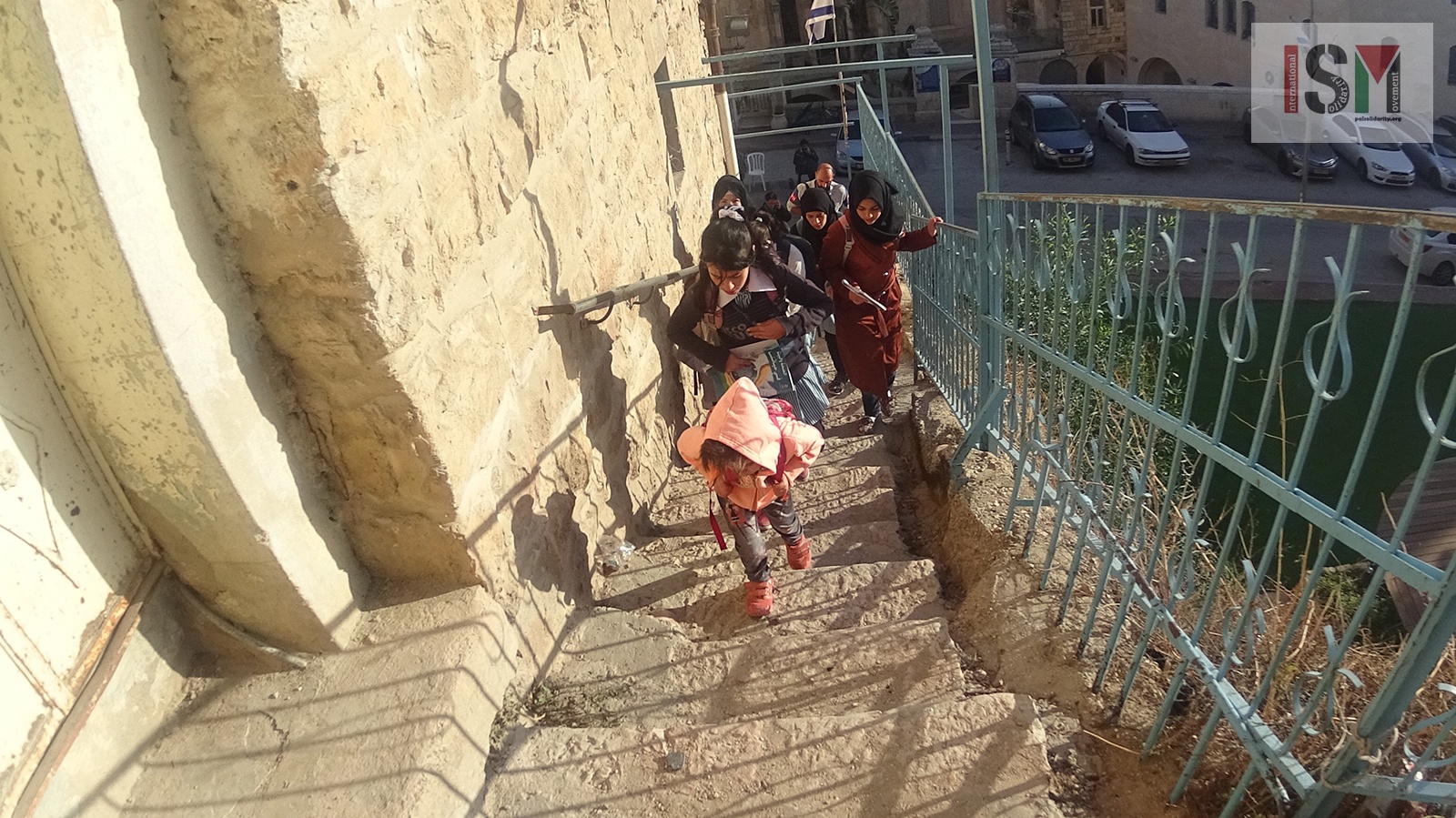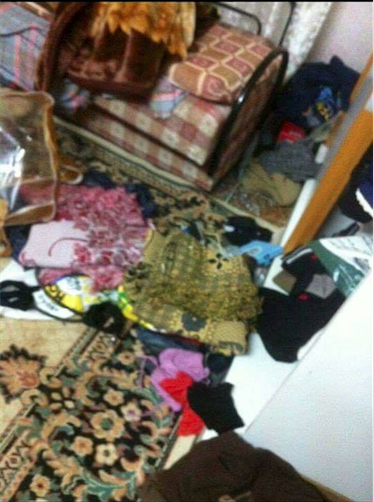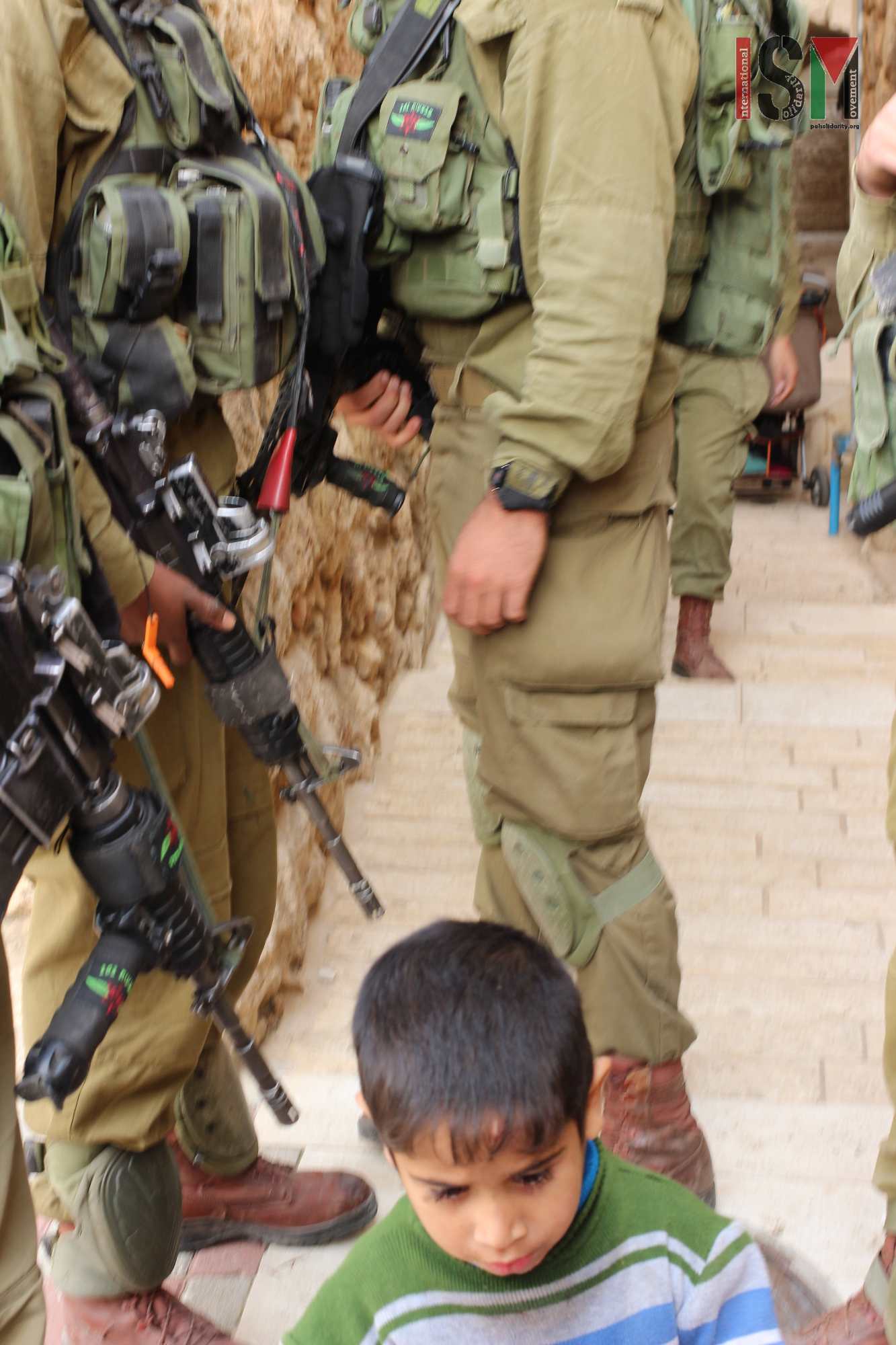Category: Features
-
Israeli forces and settlers increase efforts to force Palestinians out and silence observers
21st November 2015 | International Solidarity Movement, al-Khalil team | Hebron, occupied Palestine Monday 2nd November 2015, Israeli forces again attempted to prevent international observers from monitoring a checkpoint in a flashpoint location in occupied al-Khalil (Hebron). Settlers from the illegal settlements in al-Khalil physically attacked internationals while soldiers where standing idly by watching. As…
-
Once again, Israeli forces raid Nablus homes
19th november 2015 | International Solidarity Movement, Huwwara team | Tell, occupied Palestine Early morning today, November 19th, at around 1:30 am, Israeli forces raided approximately twenty homes in the village of Tell, Nablus, destroying furniture, televisions and other household items. Mohammed, 73 year old citizen of Tell, describes that soldiers were shooting tear gas, live ammunition and…
-
Israeli forces terrorizing Palestinian neighbourhood on a daily basis
19th November 2015 | International Solidarity Movement, al-Khalil team | Hebron, occupied Palestine Monday, 16th November 2015, Israeli forces raided and searched at least ten houses in the Abu Sneineh neighbourhood in occupied al-Khalil (Hebron). Israeli forces entered several homes in the neighbourhood, trapping women, children, and whole families inside. This has been an almost…



